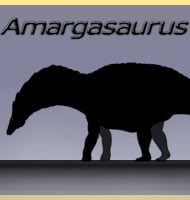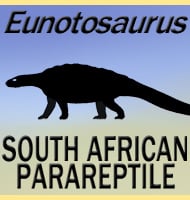In Depth
Patagonia is a hot bed for dinosaur fossils, although it’s usually the dramatic giants such as Giganotosaurus and Argentinosaurus that that take the spotlight. Bonapartenykus was much smaller than these two dinosaurs, however for the purposes of palaeontology and understanding of Mesozoic Patagonia it is at least just as important. First is the dating if the type specimen to near the boundary of the Campanian and Maastrichtian stages. This indicates that while related forms like Patagonykus are only known from earlier in the Cretaceous, patagonykine alvarezsaurs survived in South America until the latest stage of the Cretaceous. It is this relationship to Patagonykus and other alvarezsaurs in general that has led palaeontologists to consider Bonapartenykus an insectivore despite the lack of a skull in the type specimen.
The Bonapartenykus type specimen is thought to have been a female due to the presence of two eggs that are preserved in the area where the oviducts are expected to have been. On top of this is the presence of further egg remains that were found near to the type specimen that may have been part of a nest belonging to this dinosaur. Another interesting fact about the eggs is that they show the signs of fungal contamination. It’s possible that the death of the mother meant that the nest could not be tended which allowed the fungus to take hold. Because the eggs of Bonapartenykus were unlike any other dinosaur egg so far seen they have been placed in their own family, the Arraigadoolithidae.
Bonapartenykus is named after the palaeontologist Jos� F. Bonaparte who is considered one of the most important figures in Argentine palaeontology and is credited with naming the dinosaurs Carnotaurus, Agustinia and Saltasaurus as well as the specialised pterosaur Pterodaustro amongst a great many others.
Further Reading
– New alvarezsaurid (Dinosauria, Theropoda) from uppermost Cretaceous of north-western Patagonia with associated eggs. – Cretaceous Research. 35: 33–56. – Federico L. Agnolin, Jaime E. Powell, Fernando E. Novas & Martin Kundr�t – 2012.









